
Blog
Some periodic writings about wildlife photography and some of the things that I have seen in nature.

Creating my first composite image
I don’t really use Adobe Photoshop but as part of Certificate IV in Photography and Digital Imaging course at the Canberra Institute of Technology, we had to create a composite image in Adobe Photoshop. I know that there are far more complicated composite images out there of birds in flight but I am happy with this image. I captured the base photographs of this Australian Magpie flying at the Yarralumla Equestrian Centre in Canberra in October 2025. It is the same bird over three images with the original background stitched in a panorama. I then added the three magpies in sequence of the wings flapping. I liked that the image ended up showing a full flap of the bird’s wings. Most importantly, I passed that component of the course. (Click on the image to go to the post and then click on the image in the post to see the full photo)

World Conservation Day 2025
Today marks Wildlife Conservation Day 2025, a day to highlight efforts to save endangered animals and their ecosystems. The photo above is an Eastern Curlew (Numenius madagascariensis), which is critically endangered. Curlews conduct an annual massive migration from Russia and north-east China all the way to Australia. They fly at both night and day, following coastlines. Unfortunately, they have been severely impacted by coastal developments that reclaim tidal flats where Curlews search for food. Birds that conduct long distance migrations need to build up energy reserves before they start their flights but they can't be too heavy either. They therefore rely on stopovers at convenient coastal locations to feed. However, growing coastal populations and infrastructure can mean a decline in tidal flats. For migratory birds that are already exhausted, arriving at a feeding ground that they used the previous year but is now undergoing reclamation, can stress or even kill the bird. While there are international treaties to protect migratory birds and their habitats, national governments allow developments in protected areas because of growing human populations. It is a hard balancing act but hopefully we humans are smart enough to find the right balance, such as at Toondah Harbour last year. We probably need to ask ourselves how many new marinas do we need on critically important tidal flats.

Rowes Lagoon, well worth a stop
A Blue-billed Duck is one of the most aptly named birds in Australia, for the male at least. While I had never seen one before, when I saw a duck with a blue bill swimming at Rowes Lagoon I had a pretty good idea what bird I was looking at. There were several pairs swimming in this simple wetland just off the Federal Highway north of Lake George. There were also a number of other wonderful creatures around, all of which meant I spent more time there than I planned on my return trip to Canberra. I really enjoyed my time photographing at Rowes Lagoon and I hope that you enjoy the photos below.
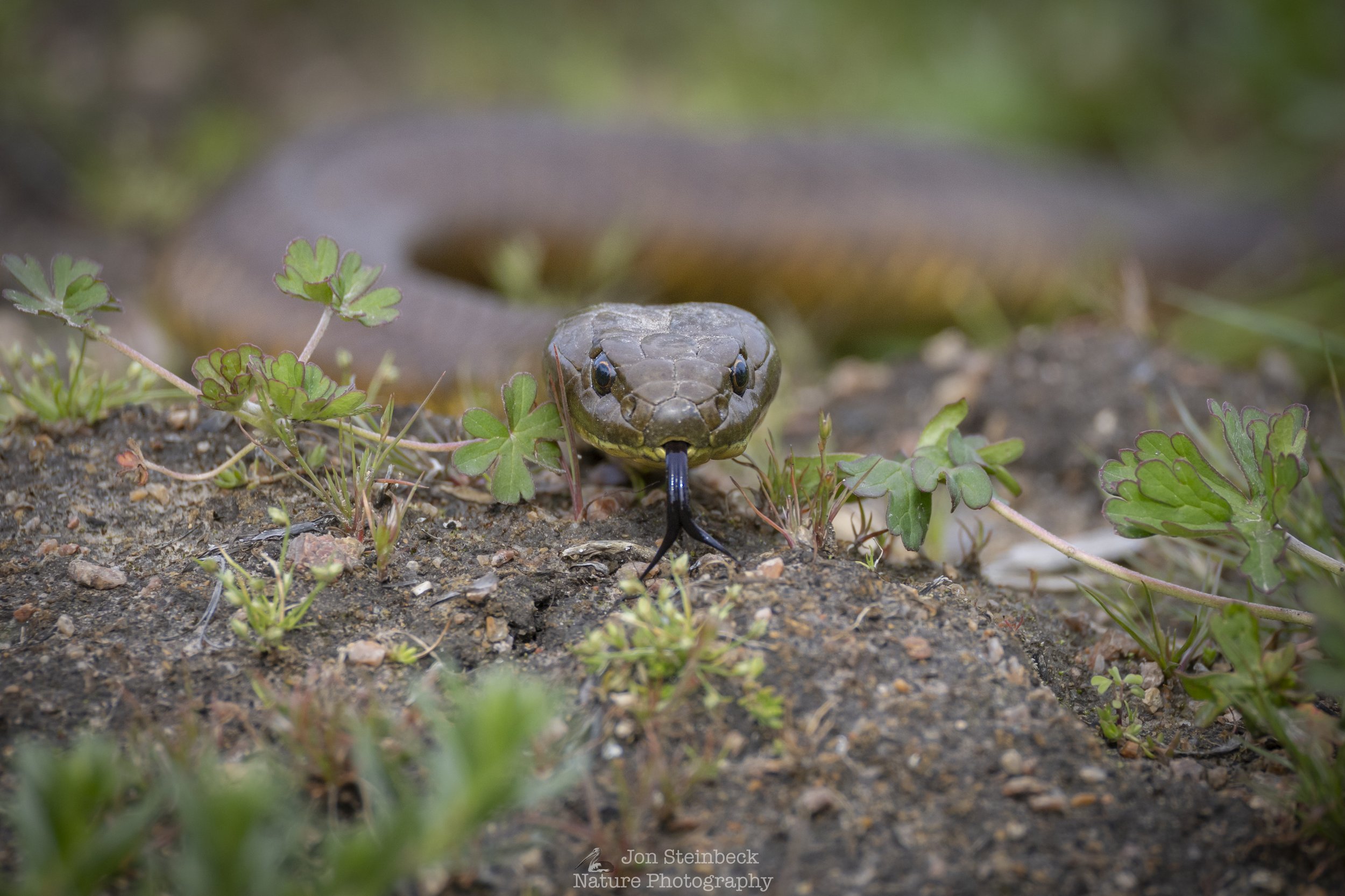
Looking straight at a tiger snake
I must have initially walked past this Mainland Tiger Snake (Notechis scutatus) and only noticed it when I back tracked along the fence line to photograph the birdlife. When I first noticed the snake, it was slithering through the low plants on the edge of the wetlands. I took a few photographs of it from the other side of the fence before the snake turned towards the fence. It didn’t make a straight line for the fence but continued to meander through the plants, constantly flicking its tongue out. When it was on the same side of the fence as me, where the plants were mown so there were no obstructions between the lens and the snake, I laid down do try to take an eye-level shot of the snake. I remained still and was very happy when the snake turned towards me. The snake wasn’t aggressive and I gave it space. When I had my shots, I slowly stood up so as not to startle the snake. It simply paused, changed its direction and continued its meandering. Afterwards, I had to keep an eye on where it was because I didn’t want to accidentally stand on the poor reptile while it was on the rest area side of the fence. Eventually, the snake must have decided that there was no prey in the area and crossed back beneath the fence to the vegetation beside the wetland. Tiger snakes favour living near wetlands and small bodies of water where there is plenty of prey. They are not aggressive, preferring to flee if possible. I certainly found this individual to be docile, with no aggressive behaviour at all. For me, it was incredible to closely observe this animal moving around its environment, constantly sensing its surroundings with its tongue, and being able to take this photo really made my day.

A Noisy Miner bathes in a muddy puddle
One late afternoon at the end of October I had an hour to wait near the National Museum of Australia so I decided to take my camera with me. I was taking photos by the shore of Lake Burley Griffin when I noticed two Noisy Miners (Manorina melanocephala) bathing in a muddy puddle in the gravel path. Unfortunately, a passing walker inadvertently spooked them and they flew off to a nearby tree. So I crouched down and waited, hoping that they would return. Indeed, after a few minutes, one of the miners flew from the branch directly towards the puddle. It barely paused in mid-air before plunging straight in. Its head was out of the water but its body was submerged. It performed a few vigorous shakes in the water before it launched itself up and out of the puddle, in an explosion of drops. The water didn’t impede its flight, and it returned swiftly back to the branch. I had a bit of a laugh to myself. The puddle was just a few metres from the shallow shore of Lake Burley Griffin, yet these miners preferred a muddy puddle to the waters of Lake Burley Griffin. Not a strong vote of confidence in the poor lake. Because birds need to maintain their feathers for flight and temperature regulation they will preen and clean them daily, including taking regular baths. In really hot weather, because birds don’t sweat, bathing is also a way to help them stay cool. As we approach the warmer months in Australia, if you have a bird bath, remember to keep it topped up with clean water for birds to drink at and bathe with. Clean it regularly and enjoy the show that the visiting birds will provide.

A Rainbow Lorikeet takes flight
I am very self conscious when I am carrying my long lens near houses and I normally would not point it towards someone’s residence but sometimes I have to make exceptions, such as for this photo. In late October I was briefly in Sydney and out for a morning stroll. I had been walking along a harbour beach seeing what birds I might find but there were slim pickings. Then walking along the road behind the beach I saw a group of Rainbow lorikeets (Trichoglossus moluccanus) perched on a house’s balcony. I was guessing that the owner fed them or maybe there was water there, because the birds appeared comfortable perched on the railing. However, being Rainbow Lorikeets, they didn’t stay still and I could see individuals starting to fly. I arrived in front of the house with just a few birds remaining. I felt very uncomfortable pointing my camera with a long lens at the person’s balcony but I reasoned that the blind was down and there was no movement that I could see inside the house. The final lorikeets started to take off and this was the photo I took of the last bird launching itself. In typical lorikeet fashion it was calling the whole time. So often you hear these colourful birds before you see them. I was so happy with this shot and the colours really stand out while also somehow matching the house behind. Lorikeets have a tongue that has evolved with hair-like structures at the end to make it easier to gather nectar and pollen. Lorikeets also enjoy fruit, sometimes making them a challenge for orchard owners. However, being pollen eaters, that means they also spread pollen, helping to bring on the next generation of plants.

One less Redfin Perch
In mid October, I was photographing at the wonderful Jerrabomberra Wetlands, at the eastern end of Lake Burley Griffin. I was mainly trying to photograph flying birds, for a project that I am working on, when a disturbance in the water caught my eye. I had seen an Australasian Darter (Anhinga novaehollandiae) swimming around since I had arrived at the permanent hide that morning but hadn’t paid the bird much attention. Although, this time, I had noticed that it had been down longer than usual when it suddenly reappeared. Although it was swimming on the edge of the shadow from the hide, sometimes its head was nicely lit by the rising sun. I swung the camera down to have a look at it through the zoom lens and I noticed that it had a small, introduced Redfin Perch (Perca fluviatilis) speared on the end of its beak so I started clicking away. The wounds on the flank of the fish towards the front, visible in the photo, probably show that the darter speared it from the side in an ambush, not from behind while chasing it. The bird brought the feral perch to the surface to reposition it at the tip of its beak before it flicked it into the air, captured in the photograph, so that it could swallow the fish head first. Because birds don’t have teeth to allow them to grind the fish up, this is the safest way for birds to swallow a fish whole. Fish have spines in the fins and if a bird swallowed a fish tail first, the spines would likely puncture the throat of the bird, and probably leave the fish lodged in the bird’s throat. The thing that amazes me about this process is that somehow this bird has learnt to do this purely from observing its parents. The other alternative is that evolution has created an imprint of this process in the brain of the baby bird before it is born. Either way, I am always fascinated by how nature works.

World Animal Day 2025
Celebrating World Animal Day 2025, "Save the animals, save the planet." We all share the largest ecosystem, this earth, and all species have their place. Each time we lose a species we potentially upset an equilibrium that has evolved over a very long period, and the ecosystem may not be able to adapt quickly enough to multiple challenges - biodiversity loss, climate change, habitat destruction, etc. Beyond preserving animals to help ensure that we survive, we should not feel comfortable that a species went extinct when we could have saved it. I think that most people also derive enjoyment and even a bit of mental respite from the beauty of animals, such as this Black Swan at Lake Burley Griffin, Canberra this morning.
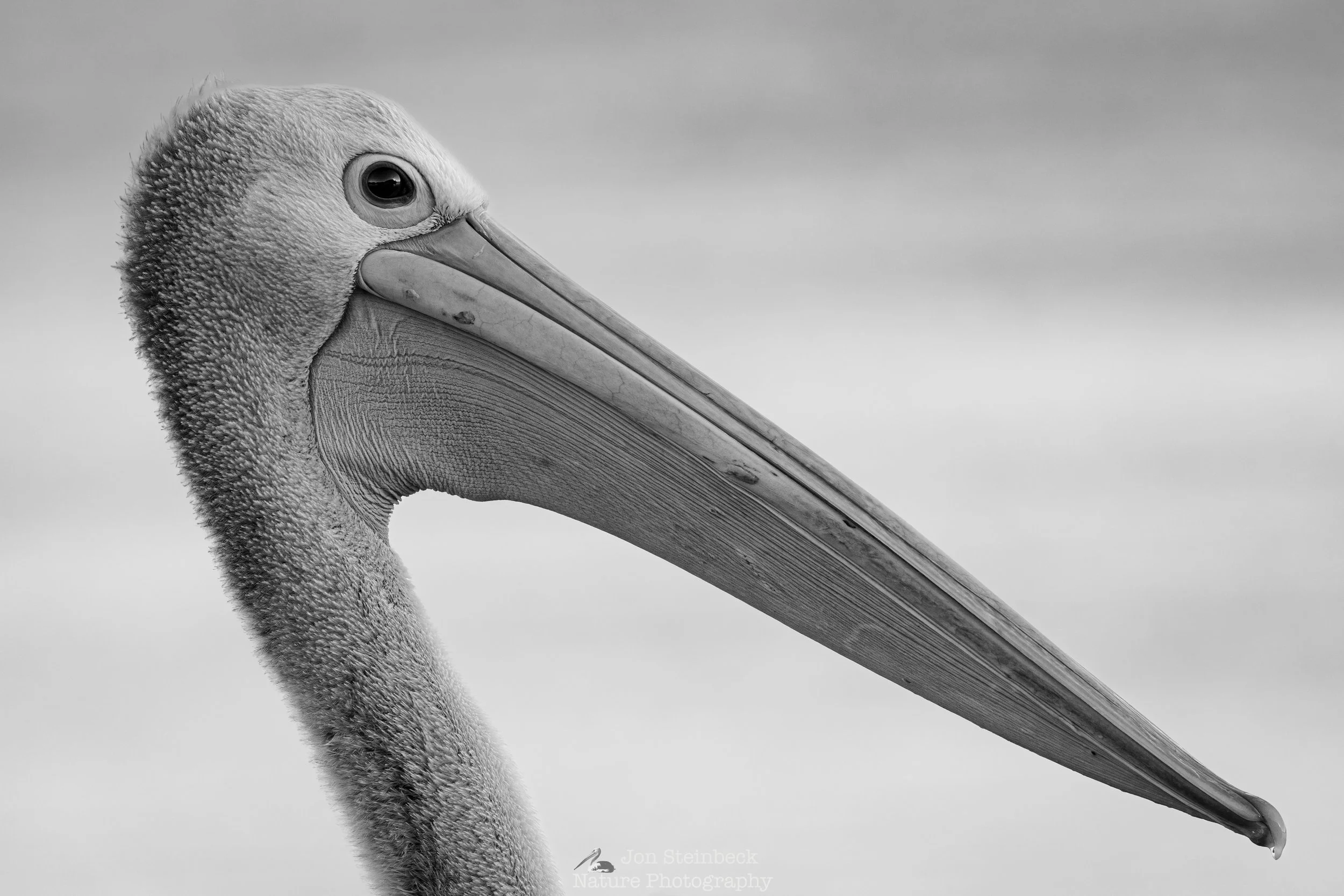
Two of my photographs were Commended in the Mono Awards
I am very happy to say that two of my photographs were Commended in the Animals category of the Mono Awards 2025. This was my first result in a photography competition and a very pleasant surprise. It was nice to know that other people are enjoying my photographs. Many thanks to the judges of the Mono Awards 2025 and a big congratulations to the winners who created some inspiring works of art.

Photography field trip to Cooma
I am currently studying a Certificate IV in Photography and Digital Imaging at the Canberra Institute of Technology. This semester, as part of the course we are undertaking field trips around Canberra and in this third, and final, trip we went to Cooma in NSW. The aim of the trips, which occur roughly every two weeks, are to hypothetically contribute photos to a book promoting the region. We are trying to take interesting photographs that help show the character of the location. However, there is a restriction, in that we can only submit eight images and they must be from at least four of the ten categories that the teacher lists. This trip is not for nature or wildlife photography but the exercise is good practice at reacting to a location and trying to be creative within the bounds of the categories. It is also a challenge to only choose eight photographs to show off the character of a location. I thought that I would blog about the photos here because it helps me to record why I took the photographs, and hopefully it will help promote some lovely regional towns. I have swapped around several images from the ones that I actually submitted because I asked some people for permission to photograph them as part of this course assignment but I didn’t ask if I could put their photos up publicly. Therefore, I don’t want to cause any embarrassment to the wonderful people who very kindly helped me on the day. I hope that you like the photographs below.
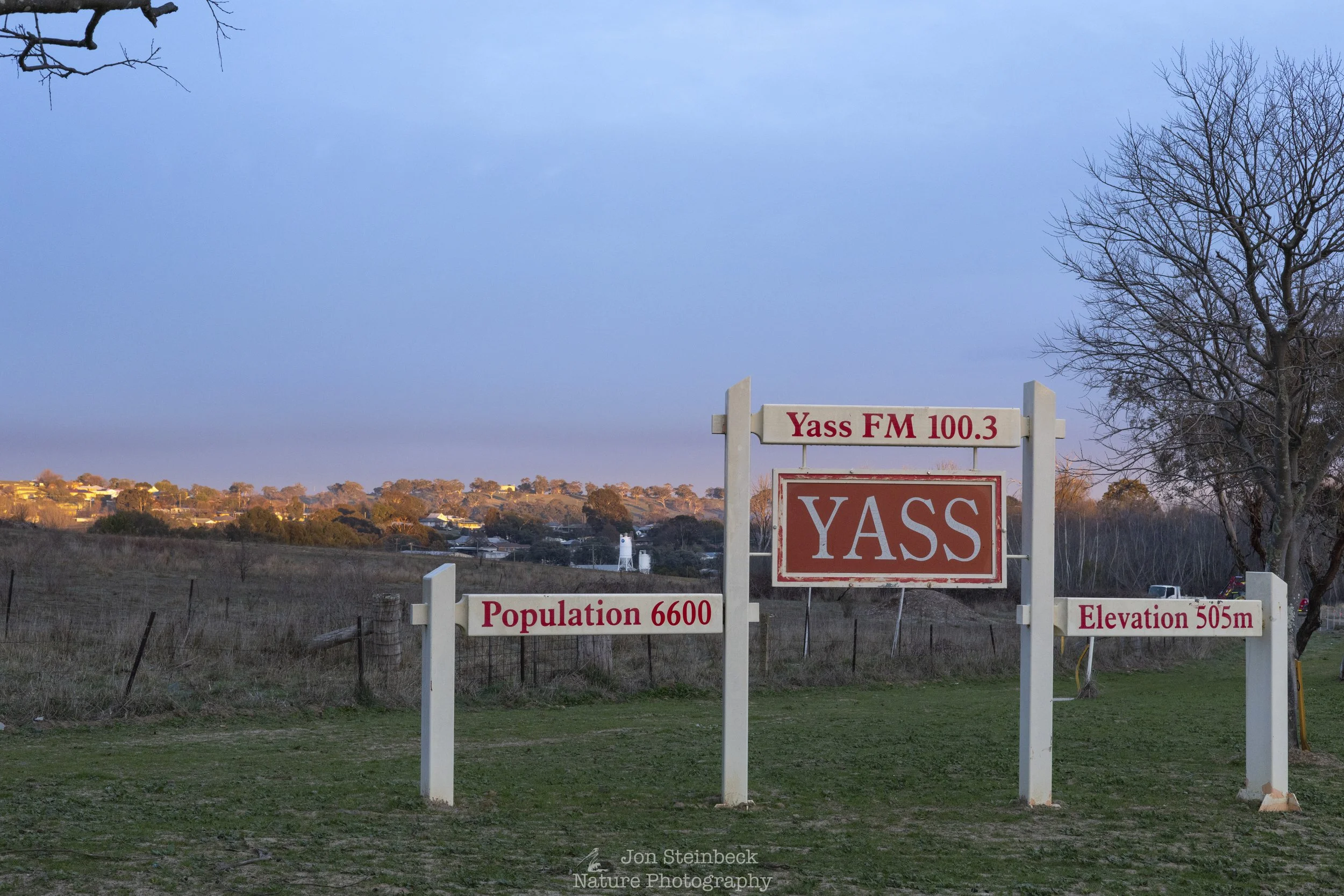
Photography field trip to Yass
I am currently studying a Certificate IV in Photography and Digital Imaging at the Canberra Institute of Technology. This semester, as part of the course we are undertaking field trips around Canberra. The aim of the trips, which occur roughly every two weeks, are to hypothetically contribute photos to a book promoting the region. We are trying to take interesting photographs that help show the character of the location. We can only submit eight images that must be from at least four of the ten categories that the teacher lists. This is not nature or wildlife photography but it is good practice at reacting to a location and trying to be creative within the bounds of the categories. It is also a challenge to only choose eight photographs to show off the character of a location. I thought that I would blog about the photos here. It helps me to record why I took the photographs and hopefully it will help promote some lovely regional towns. I have swapped around several images because I asked some people for permission to photograph them as part of this course assignment but I didn’t ask if I could put their photos up publicly. So I don’t want to cause any embarrassment to the wonderful people who very kindly helped me on the day. I hope that you like the photographs below.
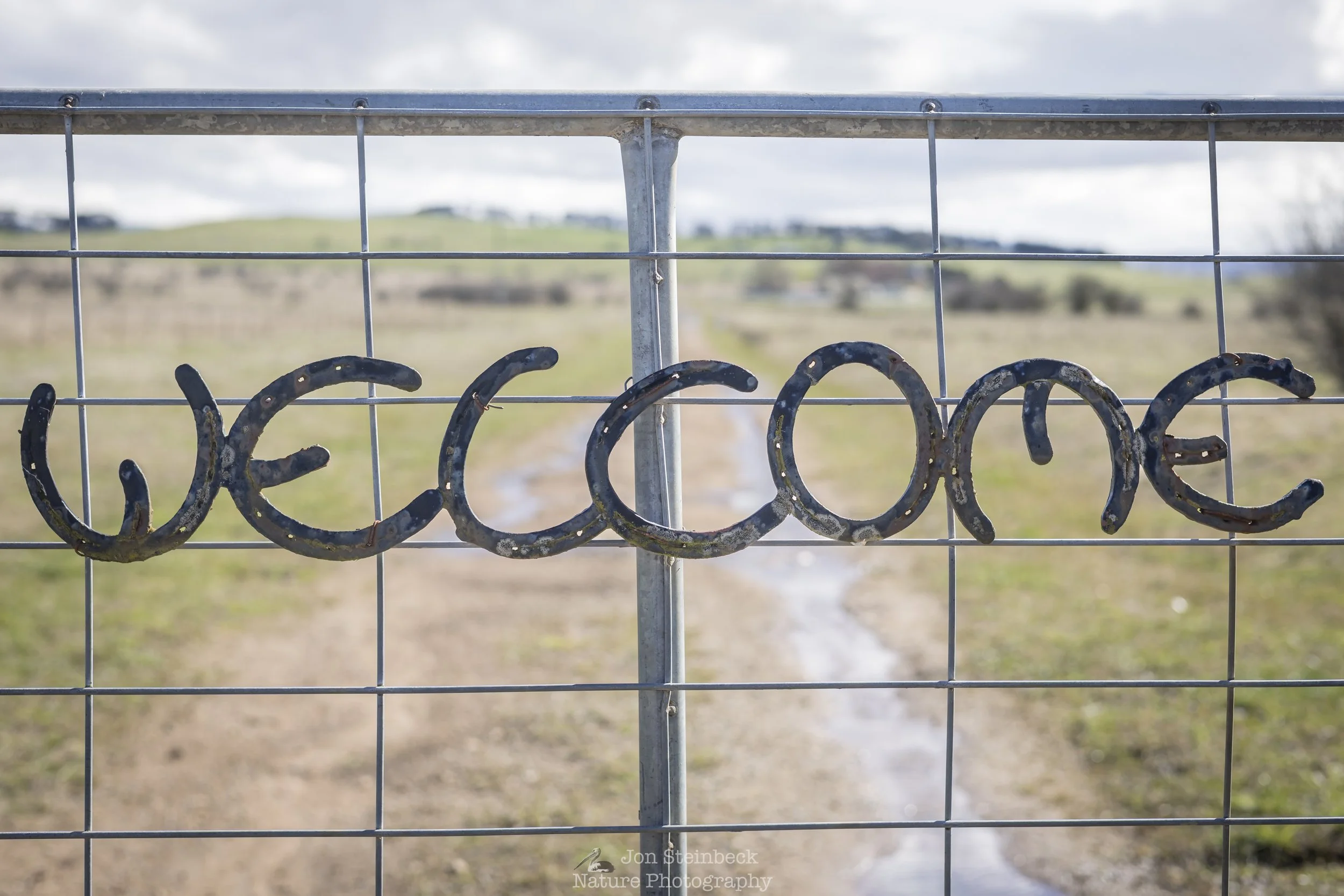
Photography field trip to Braidwood
I am currently studying a Certificate IV in Photography and Digital Imaging at the Canberra Institute of Technology. This semester, as part of the course we are undertaking field trips around Canberra and in this second trip, we went to Braidwood in NSW. The aim of the trips, which occur roughly every two weeks, are to hypothetically contribute photos to a book promoting the region. We are trying to take interesting photographs that help show the character of the location. We can only submit eight images that must be from at least four of the ten categories that the teacher lists. This is not nature or wildlife photography but it is good practice at reacting to a location and trying to be creative within the bounds of the categories. It is also a challenge to only choose eight photographs to show off the character of a location. I thought that I would blog about the photos here. It helps me to record why I took the photographs and hopefully it will help promote some lovely regional towns. I have swapped around several images because I asked some people for permission to photograph them as part of this course assignment but I didn’t ask if I could put their photos up publicly. Understandably, I don’t want to cause any embarrassment to the wonderful people who very kindly helped me on the day. I hope that you like the photographs below.

An Australian Pelican angry with a seagull
In mid-June I was photographing around Wagonga Inlet at Narooma when I came across a group of Australian Pelicans resting on a small private jetty. I was amazed to see one of the birds, a reasonably sized one, sleeping on top of a railing, which looked very narrow for such a large bird. However, the pelican seemed comfortable. While I was photographing the pelican a Silver Gull was also trying to land on the railing to rest and it disturbed the pelican. Nobody likes being woken up by a noisy neighbour and the pelican reacted angrily, snapping its large bill at the intruder. After a few attempts, the gull few off to another part of the railing leaving the pelican to go back to sleep.
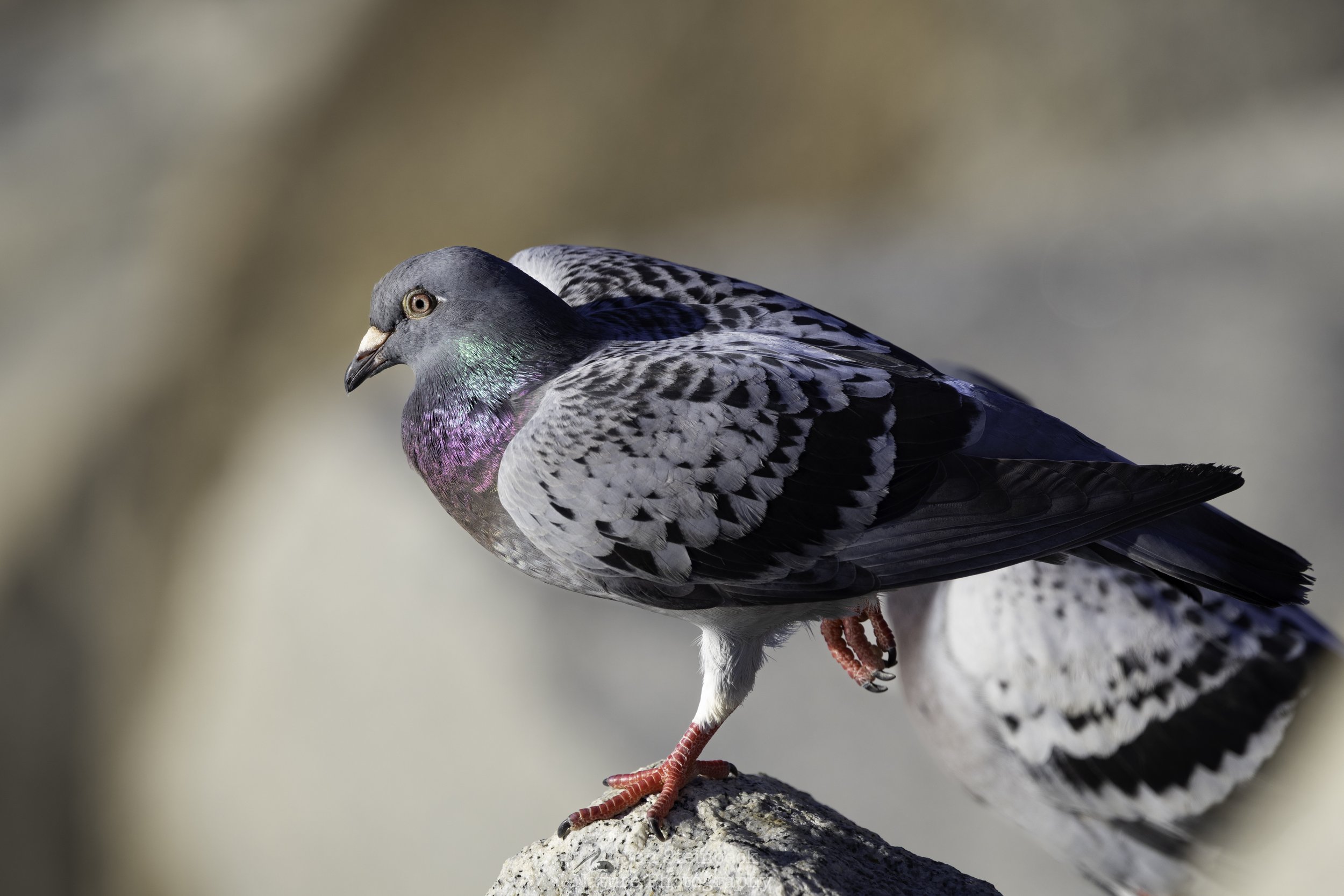

A Wingless Soldier Fly helps to show the wonders of nature
I found this female Wingless Soldier Fly (Boreoides subulatus) with her ovipositor (for laying eggs) buried in a wooden gate post at Central Tilba. The photographs are slightly misleading because she is actually facing downwards, I am looking up from the bottom of the gate post to her. She was a lighter colour to the greyish black ones that I am more used to seeing, and this was the first time that I have seen a female laying eggs.
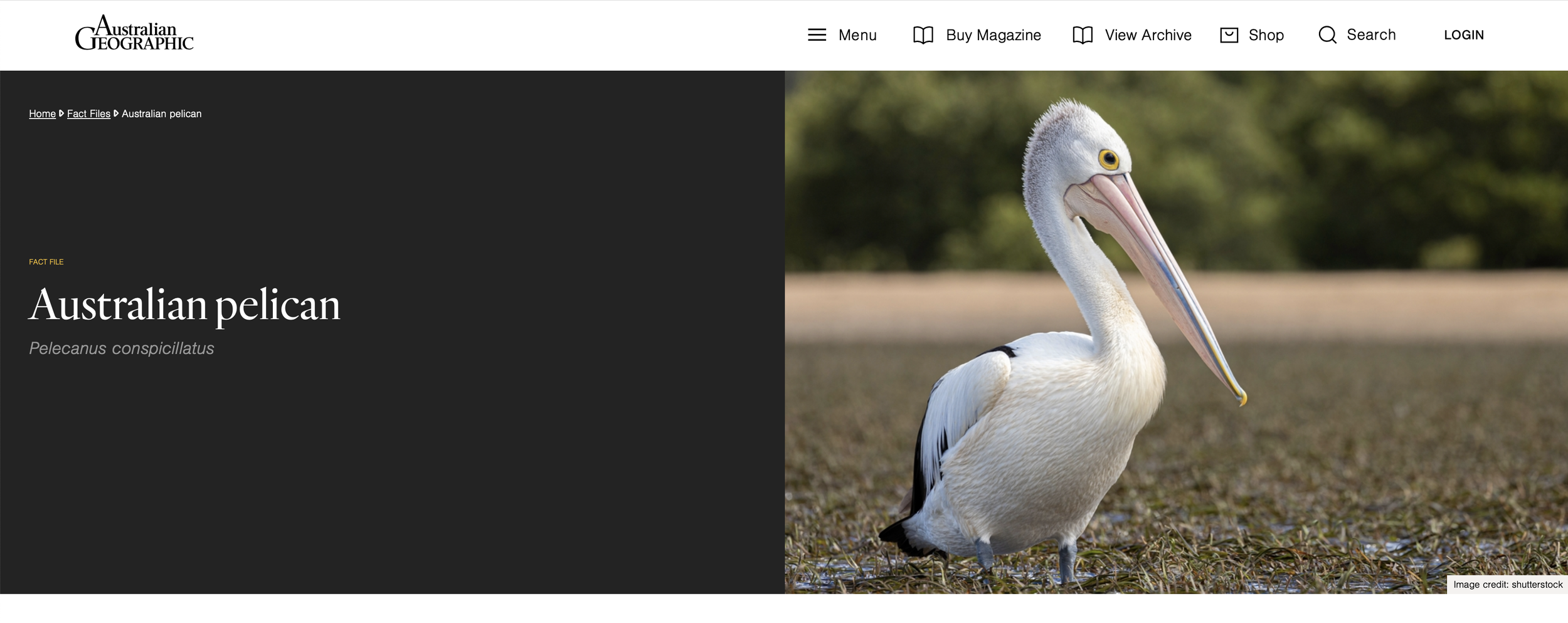
Australian Geographic used my image
I was very happy to see that Australian Geographic used one of my photos of an Australian Pelican that I sold through Shutterstock. The photo is used in the title of the fact file page on the Australian Pelican. OK, so I am not personally credited but it was still nice to see the photo on Australian Geographic. I took the photograph in March 2022 from my kayak during a lovely photographic day trip to the Tomaga River on the southern coast of NSW. Seeing the photograph on the website made my day.

The joys of photographing at sunset
Sunset is the time of the second golden hour for photography, with sunrise being the first. The light is soft and there is a golden hue to the light, hence the name. I normally don’t do much photography in the afternoon but I have been making an exception for days with a low-tide at Narooma. That is when the sandflats on the southern side of Wagonga Inlet are exposed, making a wonderful subject for photographing with the golden light reflecting off the little puddles of water across the sand. Outside of the peak tourist times, it is a relaxing time of day as a serene quietness often comes over the area. I feel a real calmness photographing at that time on the sandflats, just watching the day almost imperceptibly close, with the light lingering after the sun has set. I enjoy the experience and I hope that you enjoy the photographs below.
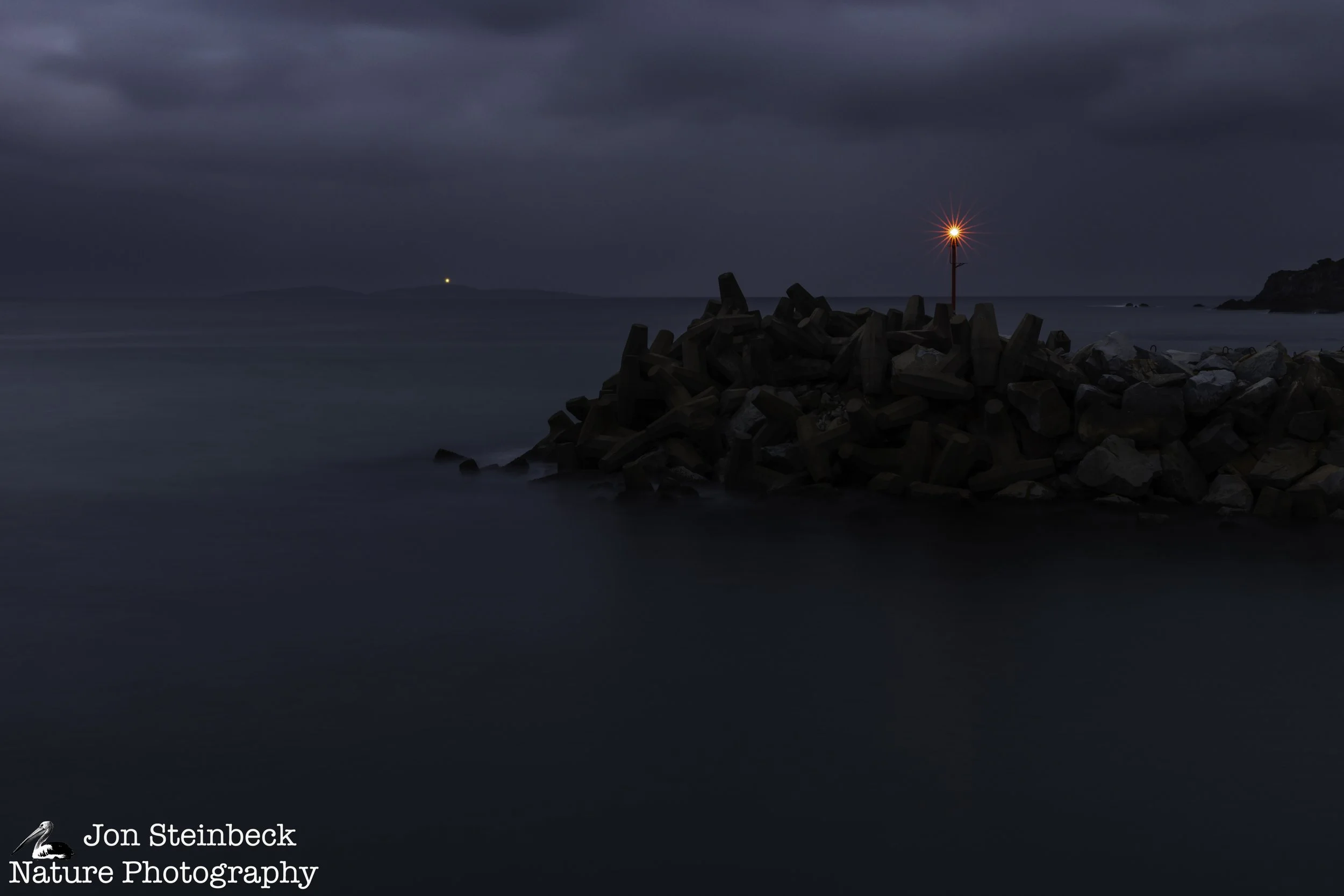
Trying to replicate Todd Hido at Narooma
Todd Hido is an American photographer who is known for his moody and bleak landscapes. They are often shot at night, or in low light, with blurring on the lens to simulate rain or mist. His first project was externally photographing houses at night, often making them appear isolated, with light from a room showing the interior but no people. His method was to drive around in his car and take a photograph of the houses that he found. More recently, he completed a project titled Bright Black World, which looked at the landscapes of Northern Europe and beyond, in his trademark, dark and moody style. One of the images he created was of a breakwater with a street light providing light to the scene. The image resonated with me and inspired me to create similar photographs at Narooma on the south coast of New South Wales. These are not the style of photographs that I would normally take but something about Hido’s image motivated me to try. While Hido generally captures his images with a standard shutter speed, I decided to use a long exposure.

The beauty of seashells
In December 2023 I was practiced still-life photography of some seashells that showed the simple, stylistic beauty inherit in these works of nature. Unfortunately, after that time, other things got in the way so I never got around to sharing the photographs, until now. There were only a few shells, but I hope that they represent the elegant beauty of seashells, with their curves and colours, and I hope that you enjoy the photographs below.

Testing the Canon RF 200-800mm F6.3-9 IS USM Lens at Jerrabomberra Wetlands in Canberra
Part of the Canon RF range of lenses includes the Canon RF 200-800mm F6.3-9 IS USM Lens. With this lens Canon is making an 800 mm zoom lens available to its mirrorless camera users at a price point for the hobbyist and someone new to wildlife photography. The lens covers the 200 to 800 mm focal range so has good reach but it only opens to F/9.0 at 800 mm, not making a great lens for low light, such as early morning shooting. I had already photographed with the lens a little but I wanted to try it at a location where I could use its range. I also wanted a place where I could find a steady rest for the lens because hand holding the lens is frustrating, with the view through the camera swinging wildly while I try to control the lens. I decided to visit Jerrabomberra Wetlands and sit in one of their permanent hides for a few hours while the sun rose. The hides had ledges where people can rest binoculars and cameras to give them a steady view. I am glad that I visited the wetlands because I had a wonderful time and enjoyed taking photographs there. I hope that you enjoy the photographs below.
